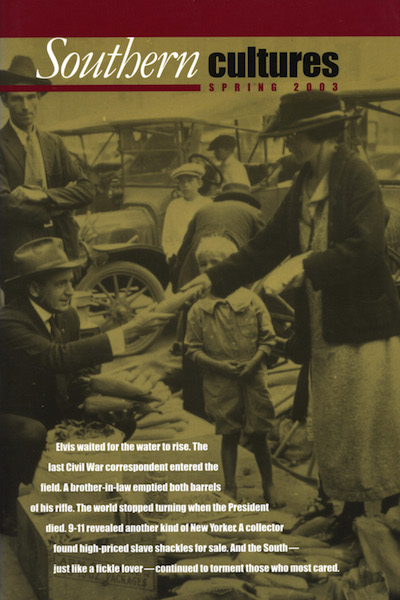“If you’ve never thought of yin and yang as southern symbols, maybe you will now.”
There used to be a kind of rag doll you could find in playrooms and on display in the homes of whimsical southern collectors. The one I remember clearest belonged to the only female doctor I knew and sat on a kitchen shelf beside the cookbooks. At first glance (depending on the owner’s mood, that is) it appeared to depict a conventional white maiden with blond braids, a muslin frock, and a rosebud simper that gave no hint of mystery. But if you peered beneath her hems, a prying child would find an upside down torso, with head and arms where the feet should be. If you flipped the skirt entirely over the white doll’s head, a Black doll emerged, clad in an equally conventional head wrap, apron, and gingham work dress. Some versions gave a purse or bouquet to the white doll and a wooden spoon to her Black counterpart, underscoring the social roles of each. Together, the two represented maid and mistress, literally joined at the hip.


